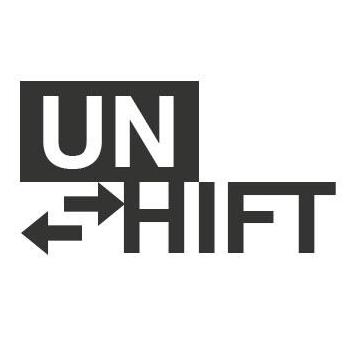
Install
demolish
Demolish is a small module which helps you clean, release and destroy your
created instances.
Install
This module is intended for Node.js and Browserify usage and can be installed
using:
npm install --save demolish
Usage
The module is exported as a function and be required as following:
'use strict';
var demolish = require('demolish');
The demolish function returns a function which will destroy the specified
properties from your instance.
function Foo() {
this.bar = 1;
this.banana = new Banana();
}
Foo.prototype.destroy = demolish('bar banana');
In the example above we've created a new destroy method on our Foo class.
Once the method is called it will set the bar property to null and check if
banana also has a destroy method, if so, it will call that method and set
the property to null after the execution.
After everything is cleaned up we will emit a destroy event if there is an
emit method available.
The destroy method will automatically prevent double execution by checking if
the first supplied property is still active on the prototype. So in the example
above it will check if bar is not null.
But nulling objects and destroying things you've set on an instance might not be
enough. Sometimes you need a bit more and for those cases we have the additional
before and after hooks. These hooks can be specified in the options:
Foo.prototype.destroy = demolish('bar banana', {
before: 'clear',
after: ['removeAllListeners', function () {
// things
}]
});
In the example above you see all the supported styles. If you supply a string
we assume that it's a function on the prototype that needs to be executed in order
to clean up things correctly. If you need to run multiple tasks you can supply
an array with strings. In addition to strings we also support functions, these
functions will be called with their this value set to the instance of the class
where destroy works.
So in the example above the execution flow is the following:
- Check if
destroyhas already been called, if not, continue to step 2. - Execute the before hook.
- Iterate over all properties that need to be destroyed and nulled.
- Emit the
destroyevent, where possible. - Execute the after hook.
License
MIT










